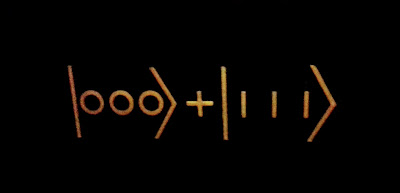"Virtual" particles

Lockdown reading My lockdown reading list consists of just one book. This might last a long time I thought, so it's my opportunity to make a 2nd stab at understanding Quantum Field Theory. Last time, I bought "Quantum Field Theory for the gifted Amateur" and I learned a lot from it. Mainly that I am not gifted! I got three chapters through it and then gave up on the book, and on quantum field theory. This time round I did my research better and found a much more gentle book: Student Friendly Quantum Field Theory, by Robert D. Klauber . It covers the same material, but takes pains not to lose the reader, by spelling out every ambiguity and subtlety. I'm half way through and feeling quite chuffed with myself. Here I am studying hard, on a sunny day in Lockdown Britain: No, the weights are not mine In this book, and every other in the QFT literature there is a concept of some particles being virtual. What's this about? Why are some virtual and o...











